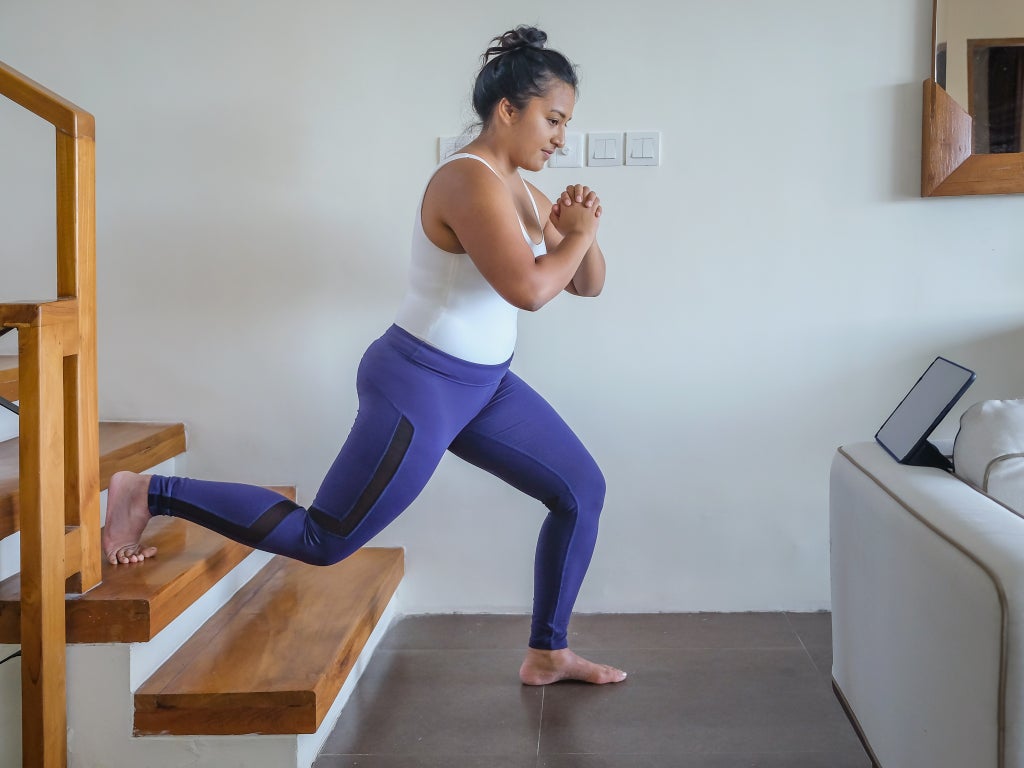
It’s a perennial question on all gym newbies’ minds: how much of this physical torture do I have to endure before I notice a change in my physique?
Obviously, your reasons for starting a new workout regime may not be aesthetic: perhaps you simply want to feel more energised or switch-up your daily routine by getting your sweat on.
Whatever your reasons are for squeezing into your lycra, it can be helpful in terms of motivation to know how much exercise you really need to be doing in order to see some sort of physical change, which, let’s face it, is something that’s always in the back of our minds when we’re slaving away on a treadmill.
Obviously, how much of a change you notice largely depends on your fitness levels prior to beginning, explains fitness trainer Amanda Hughes.
“If you’ve never exercised before, you can expect to see results much faster than someone who has been training for years, as their bodies will be more conditioned,” she told The Independent.
“We’re all individual in our make-up, thus the rate at which we see changes to our body will be different in each person.”
That being said, Hughes explained that if you stick to your workout regime and you’re training between three and five times a week, you can expect to see results within a month or two.
“However, certain variables will affect this,” she added, such as your body’s starting point and obviously your nutrition.
Whether it’s embarking on a new weights program or attending a new spinning class, Hughes advises the following three tips for sustaining motivation and helping you achieve the results you want.
Measure your progress
It’s very easy to mock the fitness Instagram elite for their endless streams of mirror selfies and evangelical protein shake photos, but documenting your workouts via before and after snaps can be useful in terms of keeping you motivated.
Whether you choose to share these images publicly or not, taking photographs of your physique at the beginning of your fitness “journey” and from thenceforth enables you to see how far you’ve come.
“Whilst the initial changes will be small, overtime these results will be more noticeable,” said Hughes.
Push yourself – but be realistic
“Be progressive with your workouts and take into account your starting point,” advises Hughes.
If you’re just starting out, it might be worth working your way up from two to three sessions a week.
“Having a realistic and sustainable plan in place will help you to stay on it,” she added.
Likewise, if you find yourself reaching a plateau after a few weeks, you know it’s time to switch up your regime a bit, whether that’s by increasing your weights or incorporating a few high intensity movements into your routine, such as jumping lunges or burpees.
Plus, don’t feel like you need to splash out on an expensive gym membership, there are plenty of tough home workouts you can do from the comfort of your own living room.
Find workouts you actually enjoy
This might sound obvious, but a surprisingly large number of people will continue to drag themselves to classes they despise and gyms they loath like it’s some sort of masochistic jury duty.
It really doesn’t have to be that way, with today’s gyms offering up all sorts of iterations of exercise classes – from boxing to aerial yoga – all you need to do is find one you actually like – or can at least tolerate.
“Finding something that you enjoy doing is paramount to your success,” says Hughes.
Phone a friend
If you’re still struggling to haul yourself out of bed in the morning for that 6am sprinting class, the key could be roping in the support of a workout buddy.
Not only will they help hold you accountable if you try to duck out at the last minute, it can turn exercise into more of a social experience, which can be hugely beneficial to your mental and physical wellbeing.
“Having someone who has a vested interest in your success will help to encourage you to succeed,” Hughes concluded.

